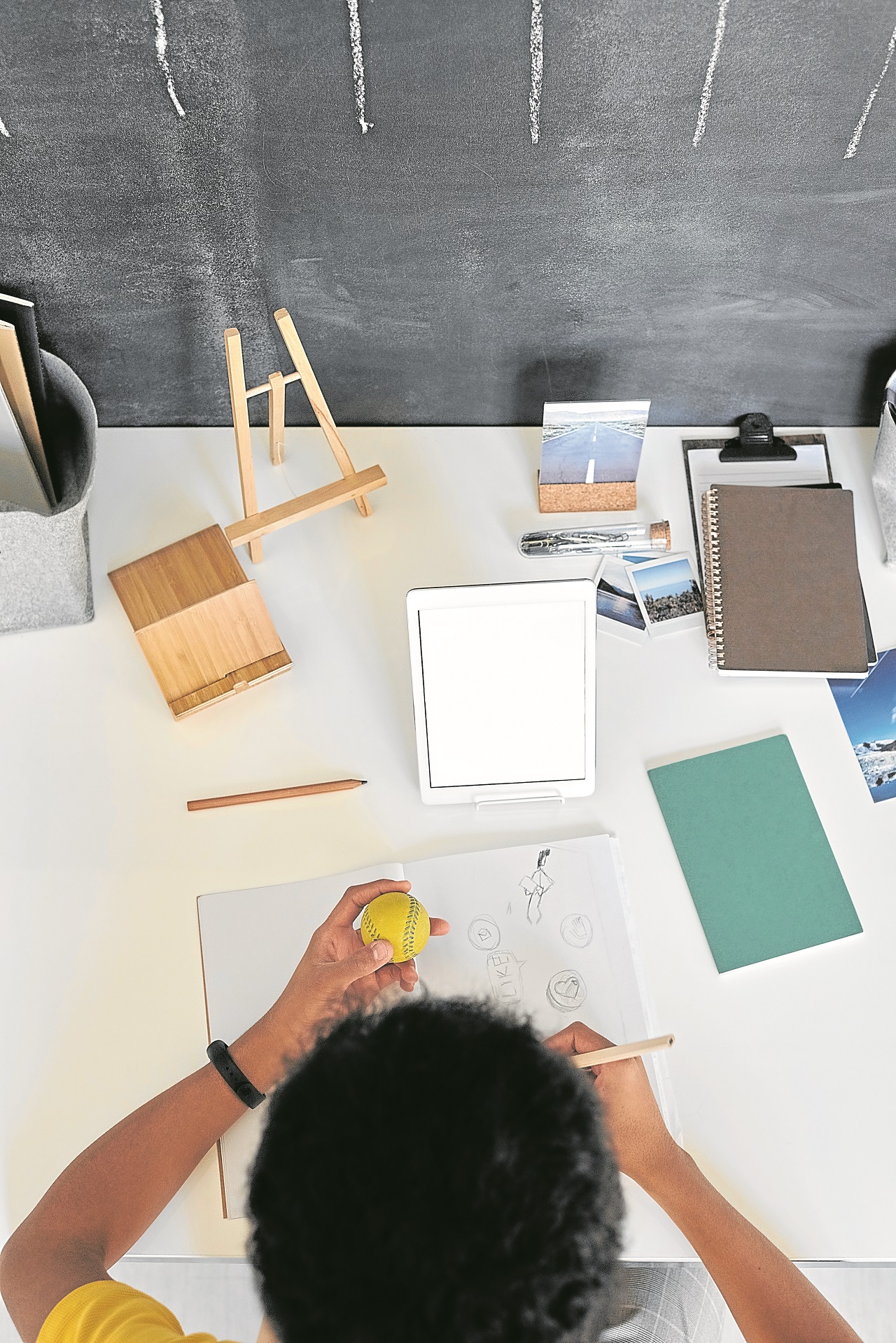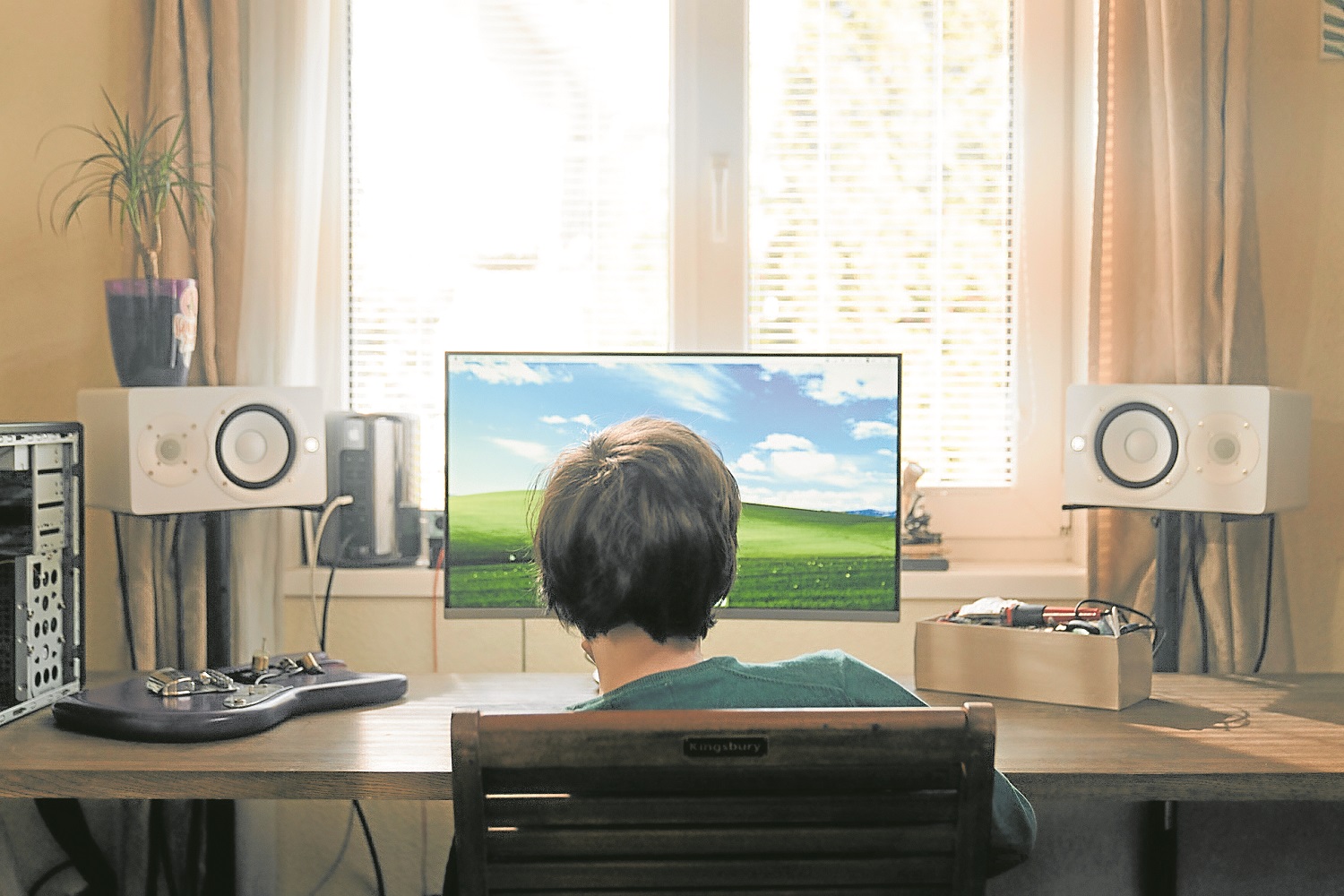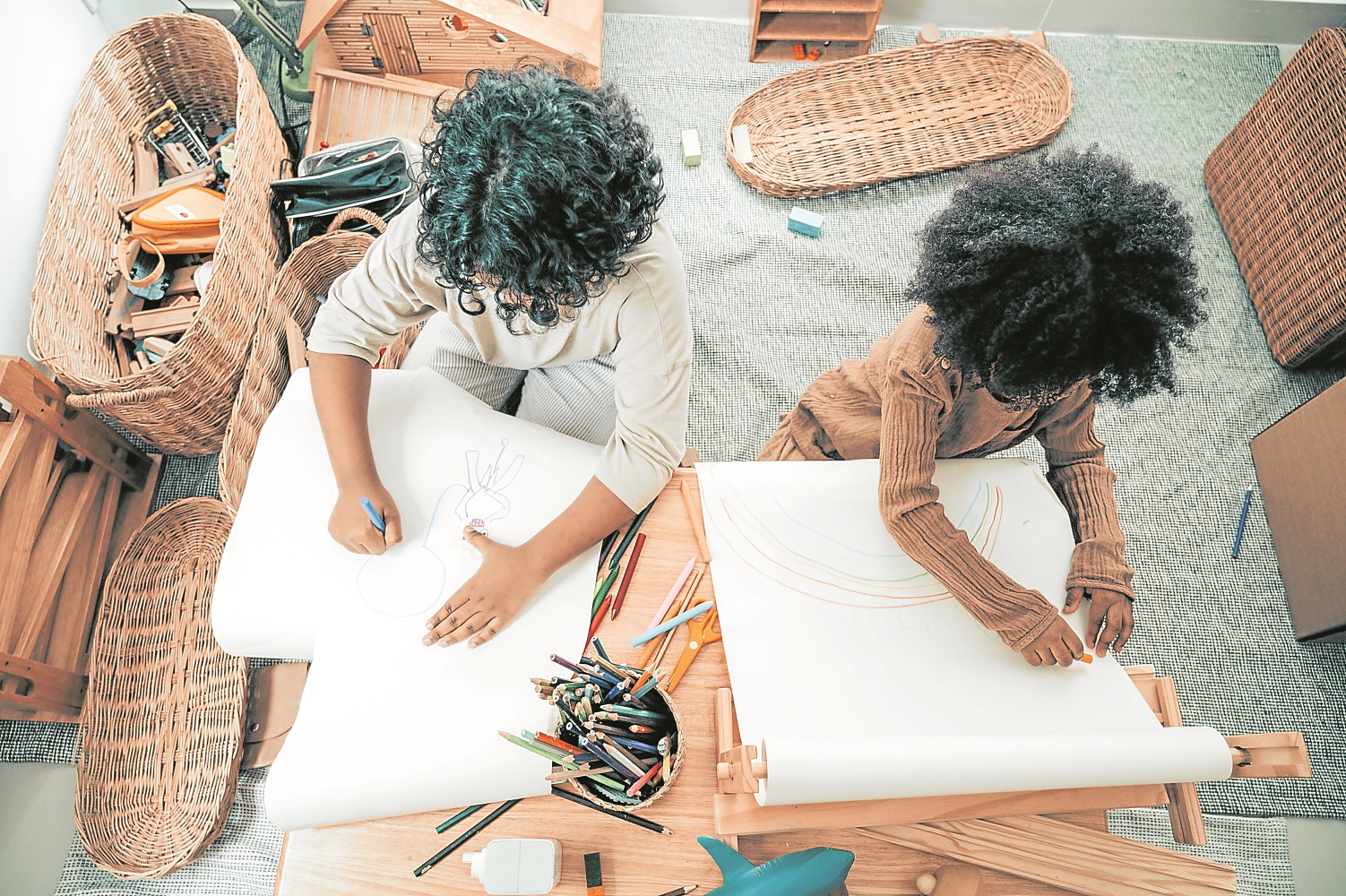Creating a learning space at home
Let’s face it: it might be a while before our kids see the light of schools again.
Due to our ongoing battle with the COVID-19 virus, educational facilities are set to remain closed for the rest of the year. While lessons can still continue through online learning, it has been a challenge for many parents to facilitate schooling at home. From limitations in spaces to budgeting difficulties, there are several things that make home learning an overwhelming task for the whole family.
Thankfully though, there are ways we can go about this process. Even if we don’t have a home big enough to fit a classroom, we can still create a space for our kids to study. Here are some creative solutions we can implement at home to help our kids continue their education in the new normal era.
Designate task areas
Whether you live in a grand mansion or a small studio unit, it helps if you can assign areas in your home to accommodate your child’s learning activities and materials. Point out to your little one where to place shoes, put away books and keep writing materials. This will help your kid develop a routine and be organized at home.
Turn your closet into a mini-study
Heather Ryan, a writer for the online public school Connections Academy in the US, suggests that a spare closet at home can become an effective learning area. You can retrofit an existing cabinet to accommodate a plywood desk for your child. Add a few overhead shelves where your child’s school materials can be stored. At the end of the day, you only need to close the cabinet to make way for all other stuff that you have to do at home.
Build your own desk
Another alternative solution to the lack of space at home would be to create a desk out of what you have on hand. Ideally, your writing surface should be 750 mm high above the floor to ensure comfort. Depending on your kid’s height though, you can modify existing storage boxes or cabinets to become a desk suited to your child’s needs. Just place a flat surface on top of two even and stable supports and voila! You have a makeshift work desk for your child.
Create a writing board
If you have easy access to chalkboard paint and have an extra picture frame lying around, you can easily create a writing board at home. First, remove the glass cover from the frame. Then, cut a plywood to the frame’s size and paint it with chalkboard paint. Once the paint dries, insert the plywood inside the frame. You can then hang the chalkboard frame on the wall for use.
Alternatively, you can purchase a whiteboard sticker which you can get from online shops. You just need to stick it on a blank wall and this can already work as an effective white board surface. Not only will you be able to simulate the classroom at home with this creation, you’ll also save your interior walls from your kids’ graffiti.
Use color to designate positions
If you have multiple children at home, consider assigning work spaces and materials by color. This not only makes their learning areas colorful and vibrant, it will also minimize occurrences of fights. This works well for young children in particular, but you can also apply this to you and your hubby’s desks if you are children at heart.
Facilitate learning everywhere
If your kid is the type who gets easily bored, try teaching lessons outside his or her study space. Your kitchen, garden and even the dining room can all become venues of learning. For example, you can teach fractions by allowing your kid to help with baking or cooking. Or you can teach biology in your backyard to give your child a firsthand encounter with the living things outside your home. These activities do not necessarily require tables to work with, and can create an opportunity for bonding times.
Provide adequate sunlight
While you can technically position a child’s workspace anywhere in the house, make sure that his or her desk has access to natural lighting. Ideally, the desk should be placed next to a window. This not only gives your child a breath of fresh air during intensive lessons, but it also allows him or her to take a momentary break from school work by viewing the outdoors.
Organization is the key
Whatever your learning setup is at home, organization is the key. Allocate a place for all study materials and activities to help your child gain a sense of routine. While you may not be able to fully duplicate your child’s classroom at home, it still helps if you create a space where he or she can be comfortable. Minimize clutter by using storage bins, cabinets, shelves and drawers. You can even use cups to contain the little stuff, such as writing pens and erasers. This helps minimize clean-up time after school work and keeps your little one ready for new lessons on the next day.
Despite our challenges today, your little ones can continue on with their education at home given the right setup. Don’t let limitations in budget, space and time restrict you from providing the best learning spaces for your kids. Approach difficulties creatively and use what you have on hand to create solutions. Even if traditional schools miraculously resume tomorrow, your child would still be able to use the learning sanctuary you created at home. So don’t hesitate to give him or her your best efforts.
Sources: www.connectionsacademy.com; www.allcreated.com; Ketut Subiyanto, Julia M. Cameron, Min An, cotton bro via pexels.com





